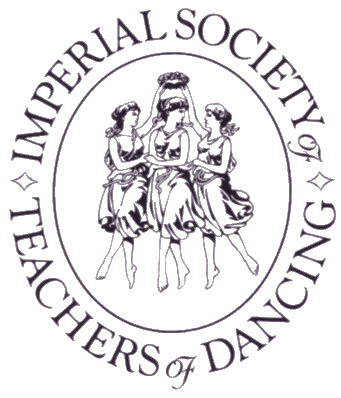Imperial Society of Teachers of Dancing
From Londonhua WIKI
Imperial Society of Teachers of Dancing
 | |
| The ISTD Logo |
|---|
Overview
The Imperial Society of Teachers of Dancing, also known as the ISTD, is the governing body responsible for standardizing and regulating many forms of dance, including the International Ballroom style. The ISTD's chief objective is "to educate the public in the art of dancing in all its forms"[1].
Contents
History
The ISTD was formed in July 1904 in London, England, under the name The Imperial Society of Dance Teachers. In 1906 it started offering annual, eight-day technical schools, called Congresses. With the exceptions of 1915, 1916, and 1917, these Congresses have been held every years since.The ISTD's growth was stunted during World War I, but it recovered during the 1920s, and by 1930 its membership count had passed 2000. This growth was largely propelled by the development of separate ISTD branches in 1924, with each Branch focusing on a different style of dance. By 1931, these Branches, now called Faculties, included the Operatic, General, Modern Ballroom Dancing, Classical, Classical Ballet - Cecchetti Method, Greek Dancing - Rudy Ginner Method, Natural Movement - Madge Atkinson Method, and Stage. By 1938, the ISTD's membership had doubled to 4000[2].
The ISTD became an Incorporated body in 1945. By 2002, its Faculties had expanded to include Victorian and Sequence Dance, Latin American Dance, Historical Dance, National Dance, Scottish Country Dance, Disco/Freestyle/Rock 'n' Roll, Classical Indian Dance, Club Dance, Modern Theater, and Tap Dance. Today, the ISTD has over 7,500 members in 50 countries[3].
Functions
The ISTD has two main functions. First, for all of its Faculties, the ISTD produces a comprehensive syllabus of all recognized steps and figures. This syllabus is used to provide dance teachers with techniques on which to train their students[4]. In Ballroom Dance, the syllabus is also used to regulate the figures used in Ballroom Dance Competitions.
The ISTD also examines dancers, providing certifications in its different Faculties. These certifications can take the form of a grade or a medal test. The ISTD examines over 250,000 dancers each year[5].
References
- ↑ Mission. (n.d.). Retrieved May 18, 2017, from https://www.istd.org/about-us/mission/
- ↑ History. (n.d.). Retrieved May 13, 2017, from https://www.istd.org/about-us/history/
- ↑ History. (n.d.). Retrieved May 13, 2017, from https://www.istd.org/about-us/history/
- ↑ Mission. (n.d.). Retrieved May 18, 2017, from https://www.istd.org/about-us/mission/
- ↑ Mission. (n.d.). Retrieved May 18, 2017, from https://www.istd.org/about-us/mission/
External Links
For more information about the ISTD's Ballroom syllabus, click Here.